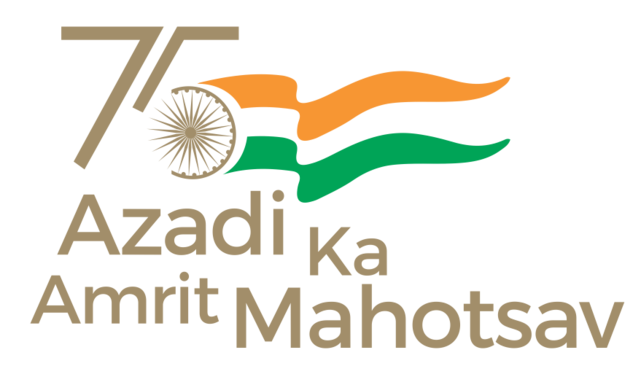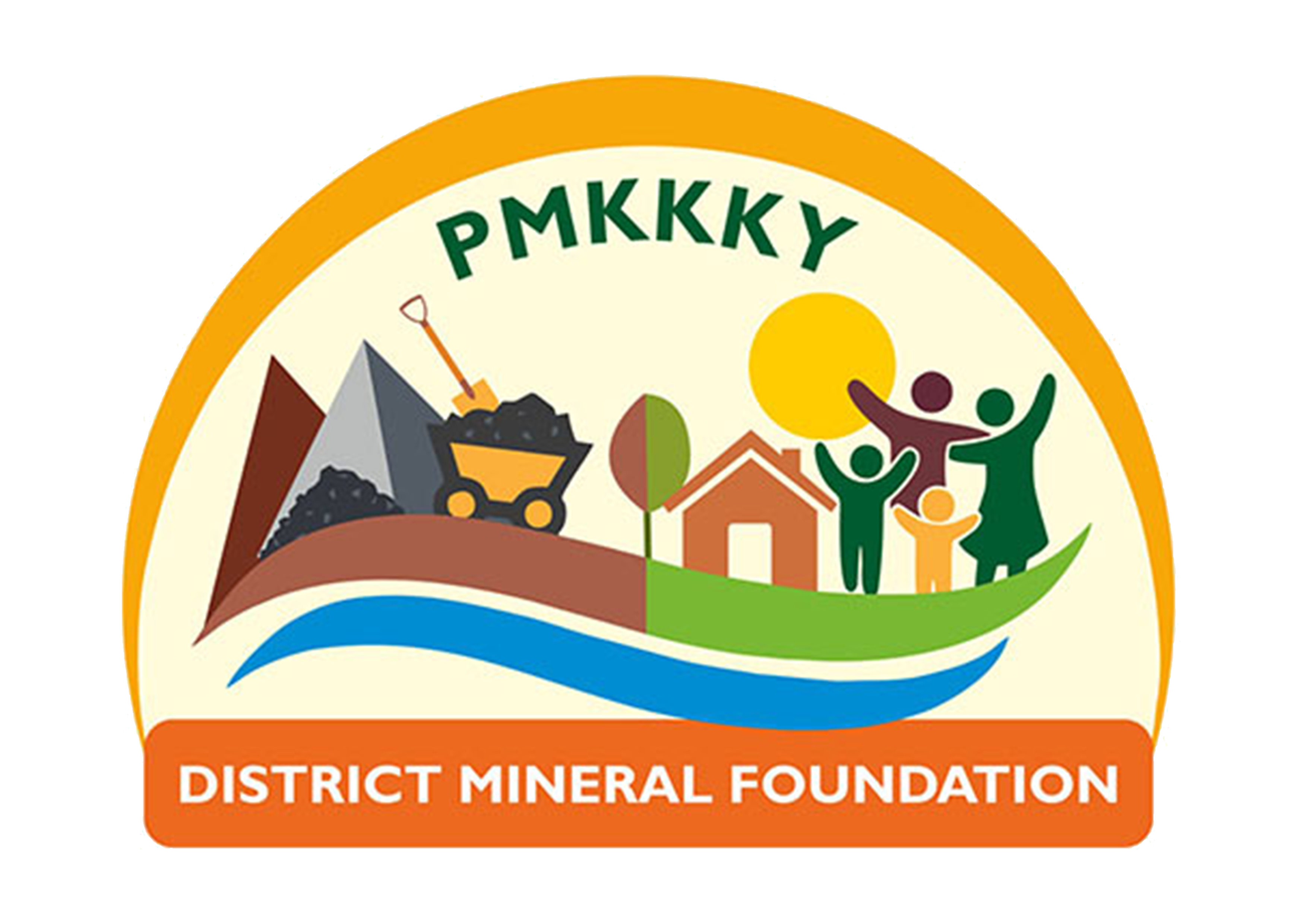Important Geological Feature
Namakkal District is mostly underlain by the Archaean crystalline and metamorphic complex. The geology of the district is complicated due to recurring tectonic and magmatic activities occurred during Pre-Cambrian period. The famous Sittampundi Anorthosite Complex which is known for its complex geology and occurrences of Platinum Group of Elements is situated in this district. Hornblende Biotite Gneisses are the oldest rocks in four taluks of the district. It is very fissile and present widely in plains. The gneisses are highly weathered upto 30 m at some places. The Charnockites are coarse grained, massive and foliated at places and their colour is bluish dark to grey. They are the second largest rock type present in the district. They are massive and less weathered than the gneisses. They exhibit 2 to 3 distinct set of joints and most of them are vertical with steep dips. Iron ore deposits associated with quartz feldspathic gneiss and garnetiferous quartz gneisses are present in some areas.
These rocks are highly folded and jointed and less weathered. Quartzite and crystalline lime stones are exposed in patches in north and central parts of the district. The thickness of these bands varies from a few metres to ten metres and the length extends to few kilometres. Numerous lenses of dunite with magnesite veins of various dimension are exposed within gneiss .There are number of basic dykes present in the study area. Granites are found in some parts of the district. They are massive and jointed poorly. Thin veneer of alluvium is found along the course of the Cauvery and Thirumanimuthar. However, alluvium of few metres thickness is found near the junction of river Thirumanimuthar and river Cauvery. Several faults and shears are occurring mostly with north east-southwest trend. They are expected to influence the course of groundwater movement, its storage and developmental potentials in the district.
| Age Group | Sub-Category | Lithology |
|---|---|---|
| Quaternary | Fluvial ( Sand, Silt, Gravel,Clay) | |
| Acid intrusive | Granite (Tiruchengode Granite) | |
| Alkali Group | Ankerite gneiss Ultramafics(younger) | |
| Proterozoic | Proterozoic | Basic dyke |
| Archaean | Charnockite Group | Magnetite quartzite Ultramafics/Pyroxenite Pyroxene granulite Charnockite |
| Khondalite Group | Calc granulite and Limestone | |
| Bhavani Group (Peninsular Gneiss younger phase) | Pink Migmatite Hornblende biotite gneiss | |
| Sittampoondi | Complex Basic, Ultra basic complex | |
| Sathyamangalam Group | Fuchsite-kyanitequartzite, maganetite quartzite,Sillimanite, Quartzite , Sericite quartzite |
Mineral Wealth of Namakkal District:
Granite:
Granite is found mainly in Paramathivelur Taluk. Generally, two type of granite are mined commercially viz. normal granite (Leuco Granite) and multi coloured granite. The normal variety is light colour, coarse grained, mainly non foliated but developed crude foliation at places, hard and compact, composed of quartz, orthoclase and rich in plagioclase with little amount of hornblende and intruded criss cross by thin quartz veins. These are per-aluminous to meta-aluminous A-type granitiods of Neo-Proterozoic age. Multicoloured granites are mainly migmatite. These are pink to red colour, coarse grained, foliated, exhibit flow structure, ptygmatic folding, composed of quartz plagioclase and rich in orthoclase with less amount of garnet and amphibole. Due to migmatisation, the rock exhibits beautiful colour banding and high demand in market. The Granite quarries are loactaed mainly in Paramathi-Velur Taluk.
Charnockite (Rough stone):
Charnockite and granitic gneisses are extensively quarried as rough stone which is used as aggregates for construction of building, laying of roads and for preparation of value added products like hollow blocks, pillar stones, M-sand etc. Charnockite occurs as massive bodies, greyish colour, medium to coarse grained, composed quartz, feldspar and orthopyroxene. At places, metamorphic gneissic banding (alternate dark and black colour) in charnockite is noticed. Top portion, it gives gneissic appearance but 1-5m depth below it is typical charnockite of grey colour. Rough stone quarries are seen mainly in Rasipuram, Namakkal, Senthamanglam, Tiruchengode and few in Paramathivelur.
Quartz-Feldspar:
Quartz and feldspar spar are extensively mined for Glass industry, steel
industry and Pottery manufacturing. These are occurred as younger intrusive (Vein
and reef type) within host like hornblende biotite gneiss, anorthosite, limestone etc.
These veins have more than hundred meters of strike length but limited width.
Mineralogically, it composed of Quartz (Smooky, transparent, milky varities),
feldspar (orthoclase, plagioclase) and less mica books. Transparent verity contains
more 95% of silica with 1-2% iron hence readily used in glass industry. Pink feldspar
(Orthoclase) is its main application being as a constituent of both body and glaze in
true porcelain, white ware, and vitrified sanitary ware and of the "slip" (underglaze)
and glaze in so-called "porcelain" sanitary ware and enamelled brick. The amount of
feldspar in the body of these wares generally falls between 15 and 35 per cent, though
in some it is less and in some more. In glazes the percentage of feldspar is as a rule
between 30 and 50.


